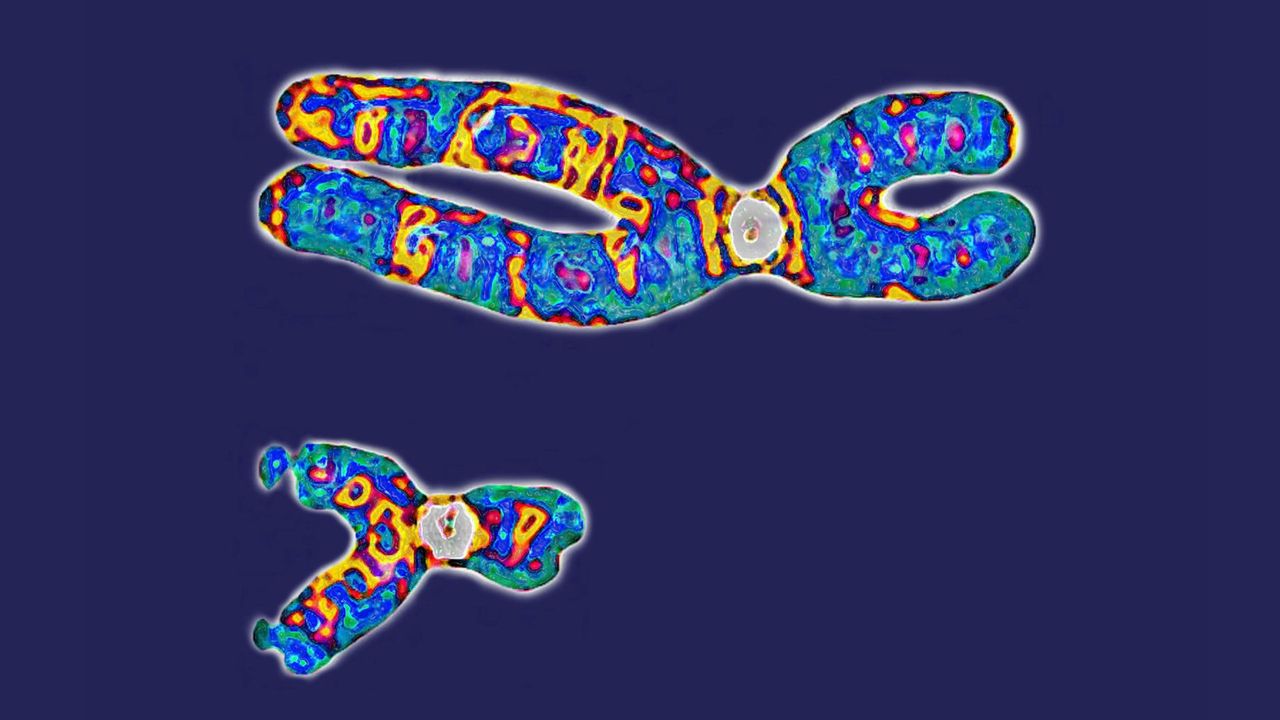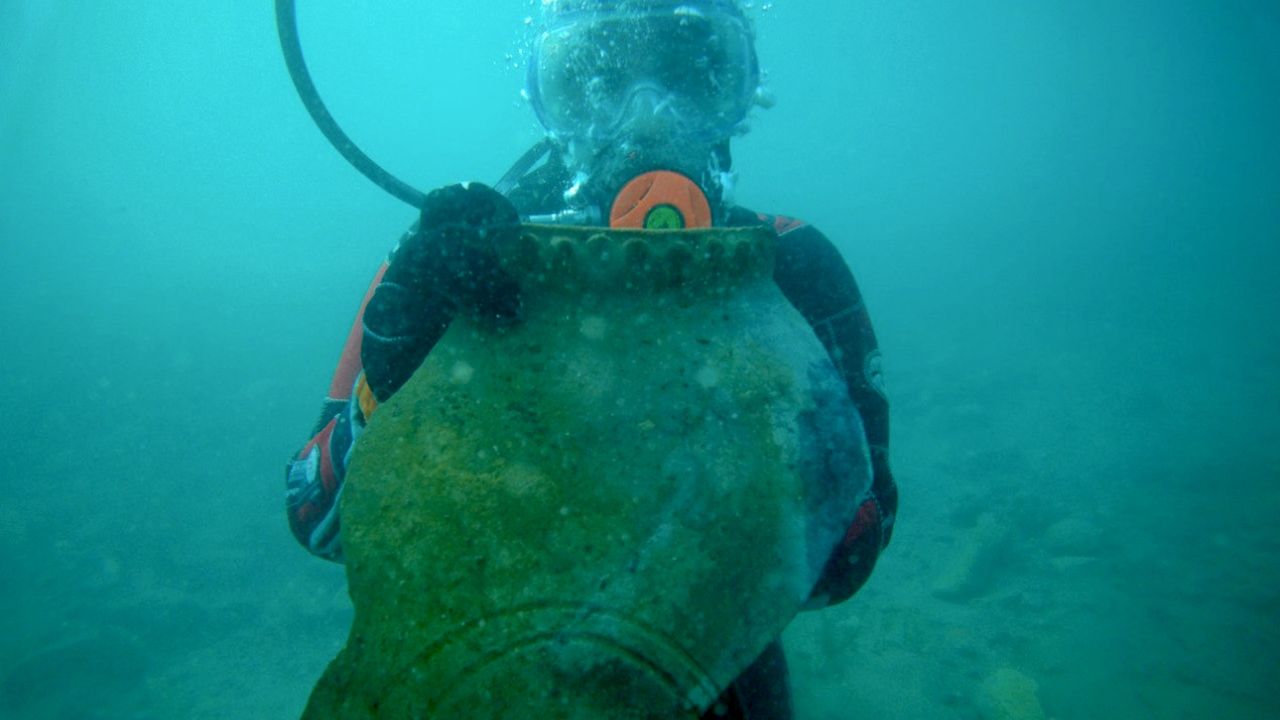Science
Human trash is 'kick-starting' the domestication of city-dwelling raccoons, study suggests
PositiveScience
A recent study suggests that raccoons living in urban areas are beginning to show signs of domestication, characterized by shorter snouts compared to their rural counterparts. This physical trait is typically associated with the early stages of domestication, indicating a potential adaptation to city life driven by proximity to human waste.
US could lose its measles elimination status within months, experts say
NegativeScience
The United States is facing the risk of losing its measles elimination status within months, as experts report 45 outbreaks of the disease over the past year. This alarming trend indicates a potential for endemic spread if not addressed promptly.
The US is on track to lose its measles elimination status in months. RFK needs to go.
NegativeScience
The U.S. is at risk of losing its measles elimination status, following Canada’s recent loss of the same status. This decline is attributed to the anti-vaccination movement, which has gained momentum with the involvement of Robert F. Kennedy Jr. This situation highlights a concerning trend in public health and vaccination rates.
Diagnostic dilemma: Woman had her twin brother's XY chromosomes — but only in her blood
NeutralScience
Doctors discovered a woman had 'blood chimerism' after examining the chromosomes of cells from different parts of her body, revealing that she possessed her twin brother's XY chromosomes exclusively in her blood.
Kissing goes back 21 million years, to the common ancestor of humans and other large apes, study finds
NeutralScience
Scientists have traced the origins of kissing back to a primate ancestor that lived approximately 21 million years ago. This research sheds light on the evolutionary roots of this behavior, linking it to the common ancestor of humans and other large apes.
'Impossible' black hole collision pushed relativity to its breaking point — and scientists finally understand how
PositiveScience
In 2023, scientists detected gravitational waves from a seemingly impossible black hole collision. New research has provided insights into how this 'forbidden' black hole formed and what it reveals about these extreme cosmic objects.
Sunken city discovered in Kyrgyzstan lake was a medieval hotspot on the Silk Road — until an earthquake wiped it out
PositiveScience
Archaeologists in Kyrgyzstan have uncovered the remains of a submerged medieval city that was a significant hub on the Silk Road. This discovery highlights the historical importance of the region, which thrived as a trading center until it was destroyed by an earthquake. The findings provide valuable insights into the cultural and economic exchanges that occurred along this ancient trade route, further enriching the understanding of the area's historical landscape.
CTE may stem from rampant inflammation and DNA damage
NeutralScience
New research indicates that Chronic Traumatic Encephalopathy (CTE) may be caused by DNA damage and inflammation triggered by repeated head injuries. This condition, often associated with athletes in contact sports, has raised concerns about the long-term effects of concussions and head trauma. The findings suggest a biological mechanism linking physical trauma to neurological degeneration, highlighting the need for further investigation into prevention and treatment strategies for those at risk.








